It takes a village to raise a child
It takes a village to raise a child. Everyday, parents send their children into the arms of other adults with the confidence that this person is going to care, educate, support and love their little one. Be it a preschool teacher, daycare facility, family member, babysitter, or nanny, this person acts as a surrogate parent and has the ability to deeply impacts a child’s life.
As a preschool teacher, I was devoted to providing the best care and guidance to little ones everyday. I am not alone. With roughly 80% of parents in the workforce, it is clear that raising a child is a community effort. For the majority of working parents, a facility, school, or family members are given the responsibility for helping raise a child. For some, the solution of balancing a child and work is a nanny.
Taylor has been a nanny to a single family for a year. As an assistant preschool teacher, she developed a bond with a then 13 month old Olivia. With Olivia’s sibling on the way the parents, Isabel and Jose, reached out to Taylor about becoming their full time nanny. Once Frida was born Taylor left the classroom and transitioned into the world of becoming a personal care giver.
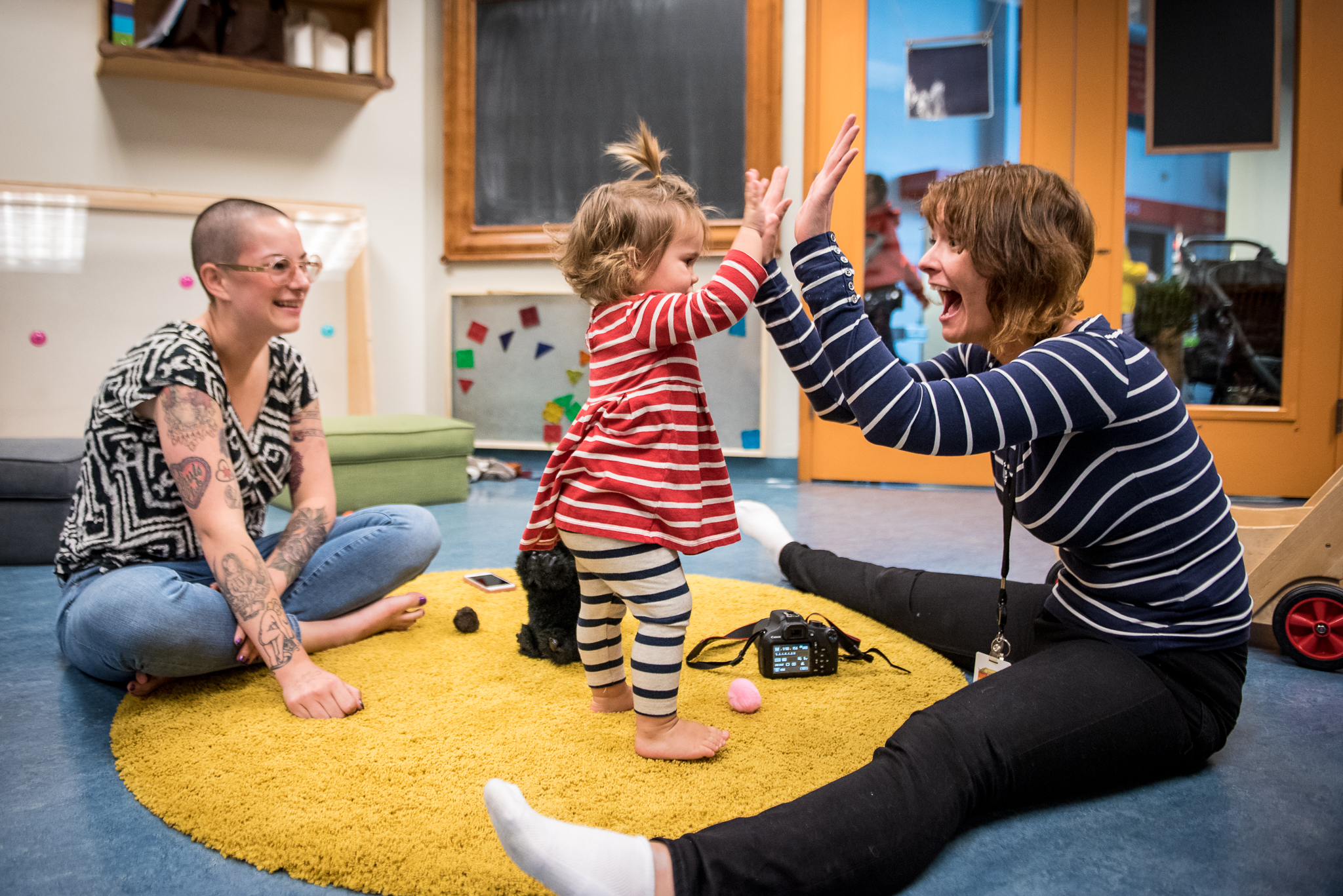
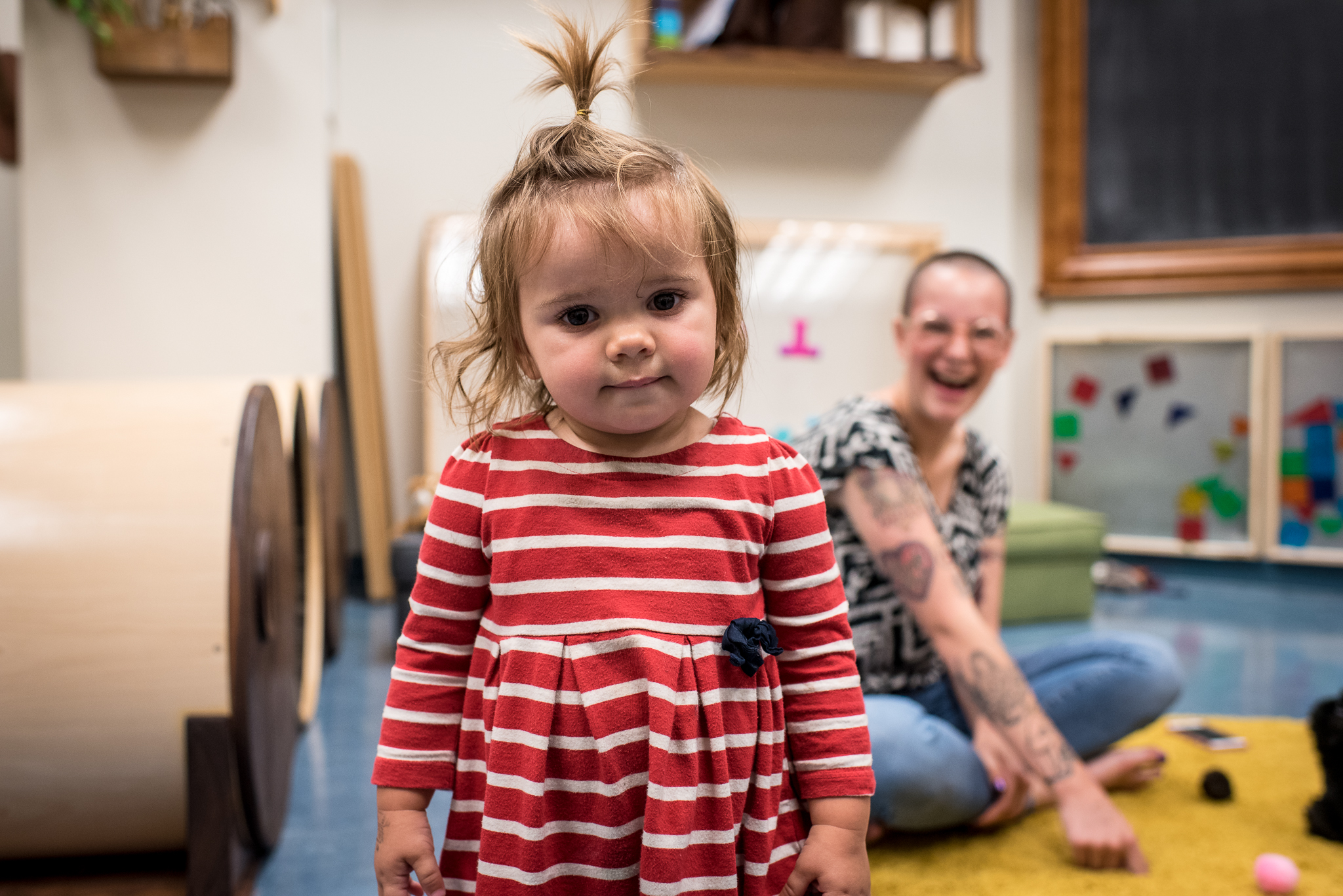
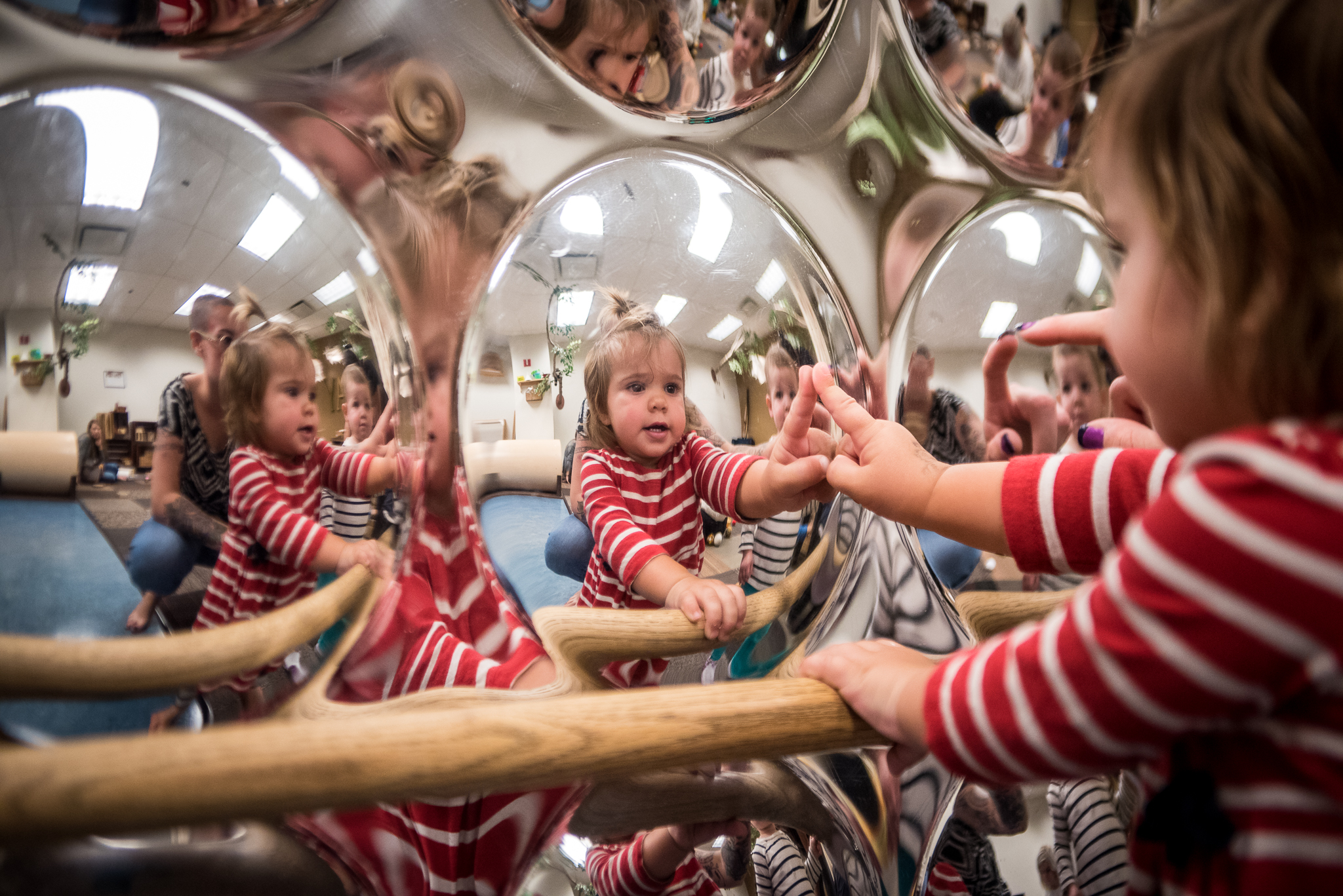

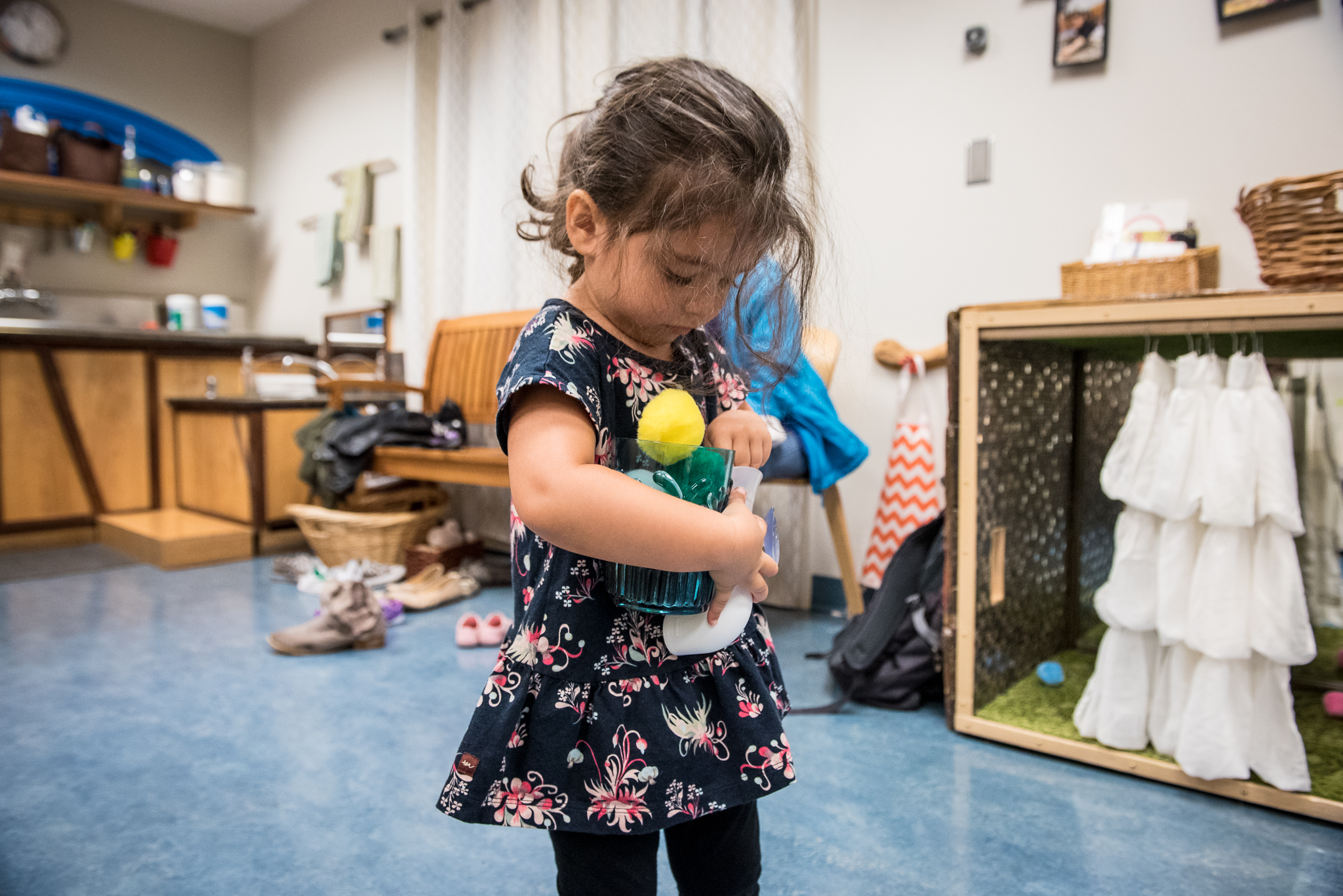
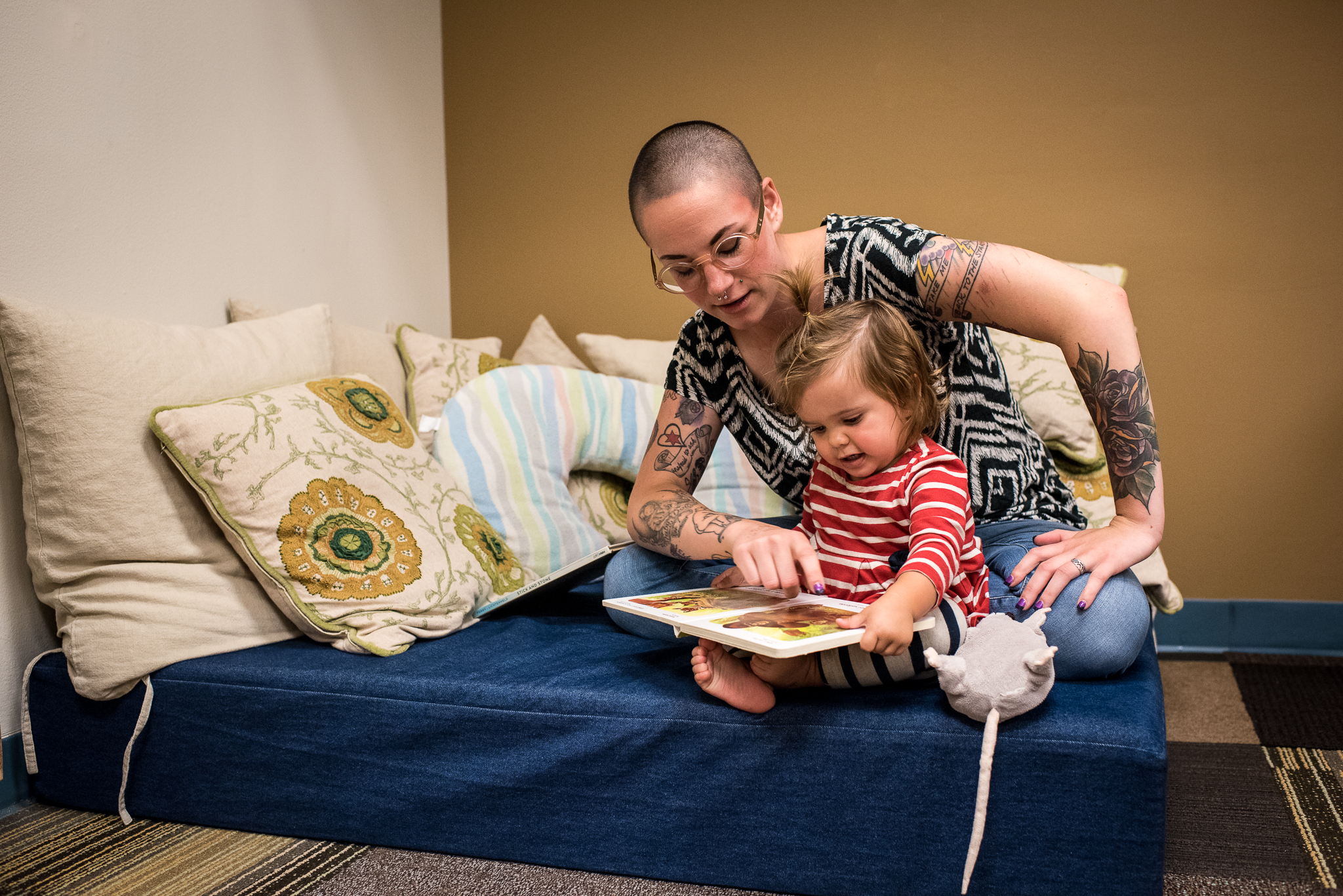
Q: Describe your job as a nanny.
A: I’m a third parent. I do, as well as I know, [that] they consider [me] a third parent, caregiver and this is my job. I’m there to help them learn and to help them grow. It is a different level of responsibility and care. More than a babysitter, more than a teacher. I am responsible to the girls and to the parents to care for these children the best I can.
Q: How is it different than being a preschool teacher?
A: The bond for sure. I’m so close with these girls. I’m with them all the time.
Q: How often are you with the kids?
A: Monday through Friday 8:30-4:30. Although, I’ll step in for a weekend if they need help or a date night. I’m with them a lot, it is a full-time job. It is a reason why the trust the parents have in me is so important. Why my time with them is so important.
Q: What impact would you say you have on them?
A: The fact that they are two young little girls, and I’m a woman, but more I am a woman who is challenging the ideas of what it means to be a woman. The way I live my life is outside of the norm. I think it is important for the girls to know that a woman can have 1/8th of an inch of hair, can have tattoos, doesn’t have to wear makeup. There are so many different ways I present myself to them. For me growing up in a beauty pageant world I wasn’t surrounded by women who represented more than one idea of feminism. I know that if I was to grow up surrounded by someone outside of the society norm, I could have been more myself. They’re one and two and a half. I want to impress the idea that the possibilities are endless and I will be right there next to them.
Q: How have they impacted you?
A: They’ve taught me that I can do more than I thought I could. My first thought when I found out I was going to be with a one-year-old and a five-month year old was, “wow this is going to be difficult.” I’ve never worked with infants and I thought there is no way I can do this. But watching them grow every day and seeing all the little nuances. It’s been amazing for me. It’s beautiful.
Q: What is your relationship with the parents?
A: A lot of respect. They ask my advice on the girls, and I take cues from them when it comes to what they want for their children. It’s a little work team. I am thankful that the family I work with are both my friends and employers. I think that makes a huge difference.
Q: What is the greatest part about being a nanny?
A: The relationship. As a preschool teacher I got a little bit of that, but with them it’s different. To watch them grow from being a little bread loaf to walking and running, it’s amazing. I’m not sure if I will ever have my own children and I feel like I am part of this community whose goal is just to help these little girls flourish.
- Mrs. Giannini
Teaching While Tattooed
Photo/Christopher DIlts
I have tattoos. A lot of tattoos. While I have always taught my students to not "judge a book by its cover", looking at me sleeveless you might assume I was a hooligan, a vagabond, anything but than a preschool teacher. When I first started teaching I covered my art. I was afraid of being seen in a different light, criticized, and worse, my ability to educate a child put in into question. I remember the first time a parent saw my art slip out from under my sleeve. I could see the internal conflict in her eyes. Judge this woman who her child raves about, or accept the idea that a “Ms. Honey” may be rocking a full sleeve? After a moment she stared into my eyes and whispered, “I’ve always wanted a tattoo.” From that moment I decided I was going to embrace my decision to adorn my body and show off my tattoos. Little did I know the decision to show off my art would lead to one of my favorite classroom explorations ever.
With sleeves rolled up I felt like I entered the classroom for the first time. I was nervous, not so much about the parents, but about what the kids would say. Quickly, my tattoos became a topic at rug time. “Are those tattoos?” “Will they wash off?” “Did you draw those this morning?” “How did they do that?” “Did it hurt?” The children’s interest in my art didn’t stop there. As a progressive classroom, the children’s play was the driving force in our theme of study. Much to my surprise the children began to play "tattoo shop". Not wanting to pass up the richness of this topic, we dove in. (Keep in mind the parents were completely aware of this new exploration, and to my pleasant surprise were really excited! ) If one student decided to get a tattoo, they needed a good reason why and they were required to do the art themselves or “pay” an artist for their work. Their desired art and motivation was then pinned on a wall in the “tattoo shop”, aka the loft. After a day the child was asked again if they wanted to still get the tattoo or make changes. With the day-long waiting period passed, the art would be transferred onto a sheet of temporary tattoo paper and applied. During that rug they would tell the rest of the class about their tattoo and the meaning behind it. The tattoo limit was one a week. It was amazing. The children took great pride in their art. They excitedly showed it off at recess, and spoke endlessly about their ink to anyone who listened.
I learned so much about my children that year. While, I’ve been close to all my classes, this particular group was different. Through their art I discovered what they valued, what experiences resonated with them, the beauty they found in the world. It was truly inspiring. They made me think about the purpose of my own tattoos. Why did I get them? If forced to have a day waiting period would I have still gotten them? What do they say about me and what I value?
My tattoos tell my story — my adventures, my success and failures, moments of healing, of courage and strength. They are a part of me and I will never cover them up again.
-Mrs.Giannini



